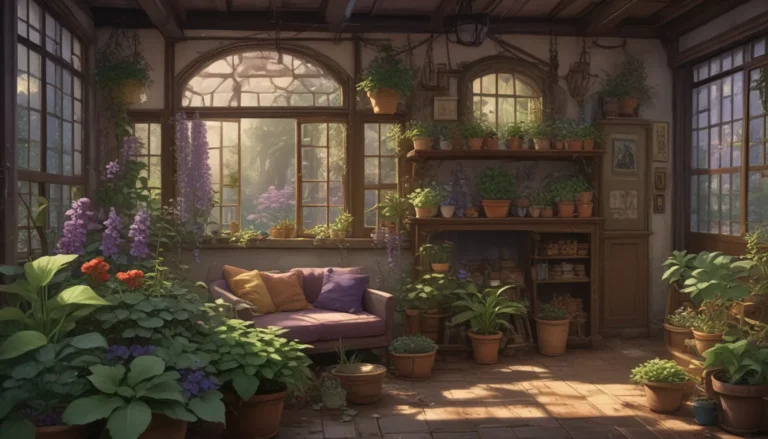The Comprehensive Guide to Growing and Caring for Orchids

Orchids are known as the exotic jewels of the plant world, stunning and delicate houseplants that can bring beauty into our homes. Even though they may seem mysterious and rare, orchids are surprisingly common and diverse, with over 30,000 different species to be found around the world. In this guide, we will explore the basics of caring for these stunning plants, from different types of orchids to essential tips for their cultivation in your home.
Understanding Orchids
Orchids belong to the Orchidaceae family, a diverse group of flowering plants found in almost every corner of the globe. While some orchids are native to tropical regions, there are even hardy varieties that can thrive in outdoor gardens. Orchids are perennials that often grow on trees, and they come in two main growth habits: monopodial, where plants grow upwards from a single center, and sympodial, which have multiple growth points.
Known for their spectacular flowers, orchids bloom in a wide range of colors, patterns, and sizes. Some even have unique foliage patterns that make them stand out. These beautiful flowers attract pollinators and are a favorite among collectors for their symmetry and intricate shapes. Orchids have a rich history dating back to ancient times, with their cultivation becoming popular in the 1700s among European elites.
Choosing the Right Orchid
When selecting an orchid for your home, it’s essential to consider the specific care requirements of different varieties. Phalaenopsis, also known as moth orchids, are some of the easiest orchids to grow and are excellent for beginners. Cattleyas, often called corsage orchids, are popular for their large, showy flowers, while Dendrobiums offer a wide range of colors and shapes.
Ensure your orchid has healthy leaves, plump roots, and no signs of pests or disease when choosing a plant. Consider factors like light preference, temperature, and humidity requirements to ensure your orchid thrives in its new environment. Remember that each orchid species has unique needs, so it’s essential to research specific care guidelines based on the type of orchid you have.
Essential Care Tips
- Light: Provide your orchid with bright, indirect light, tailoring the intensity based on its specific requirements.
- Watering: Water your orchid once a week, allowing the roots to dry out between waterings to prevent rot.
- Fertilizing: Feed your orchid weekly with a diluted fertilizer during the growing season, adjusting based on its growth habits.
- Temperature: Maintain daytime temperatures between 70-80°F for most orchids, with a slight drop at night for optimal flowering.
- Humidity: Aim for humidity levels between 40-70% to mimic tropical conditions and prevent moisture-related issues.
- Air Movement: Ensure good air circulation around your orchid to promote healthy growth and prevent fungal diseases.
By following these essential care tips and staying attentive to your orchid’s specific needs, you can successfully grow and nurture these exquisite plants in your home.
Managing Pests and Diseases
While orchids are relatively low-maintenance, they can still be susceptible to pests and diseases. Common pests such as aphids, mealybugs, and spider mites can damage your plants if left unchecked. Regularly inspect your orchids for signs of infestation and use gentle methods like neem oil to manage pest issues effectively.
Disease prevention is crucial in orchid care, as viruses and fungal infections can spread rapidly in your plants. Practice good hygiene by sanitizing your tools and washing your hands between handling different plants to minimize the risk of disease transmission. Familiarize yourself with common orchid diseases like black rot and botrytis, and take prompt action to prevent their spread.
Conclusion
Orchids are captivating plants that can bring beauty and elegance into any home. By understanding their unique care requirements, from light and water to temperature and humidity, you can create an optimal environment for your orchids to thrive. Remember to select the right orchid species based on your home conditions, provide proper care, and stay vigilant against pests and diseases to ensure your plants remain healthy and vibrant. With dedication and attention to detail, you can enjoy the beauty of orchids in your home for years to come. Happy growing!





